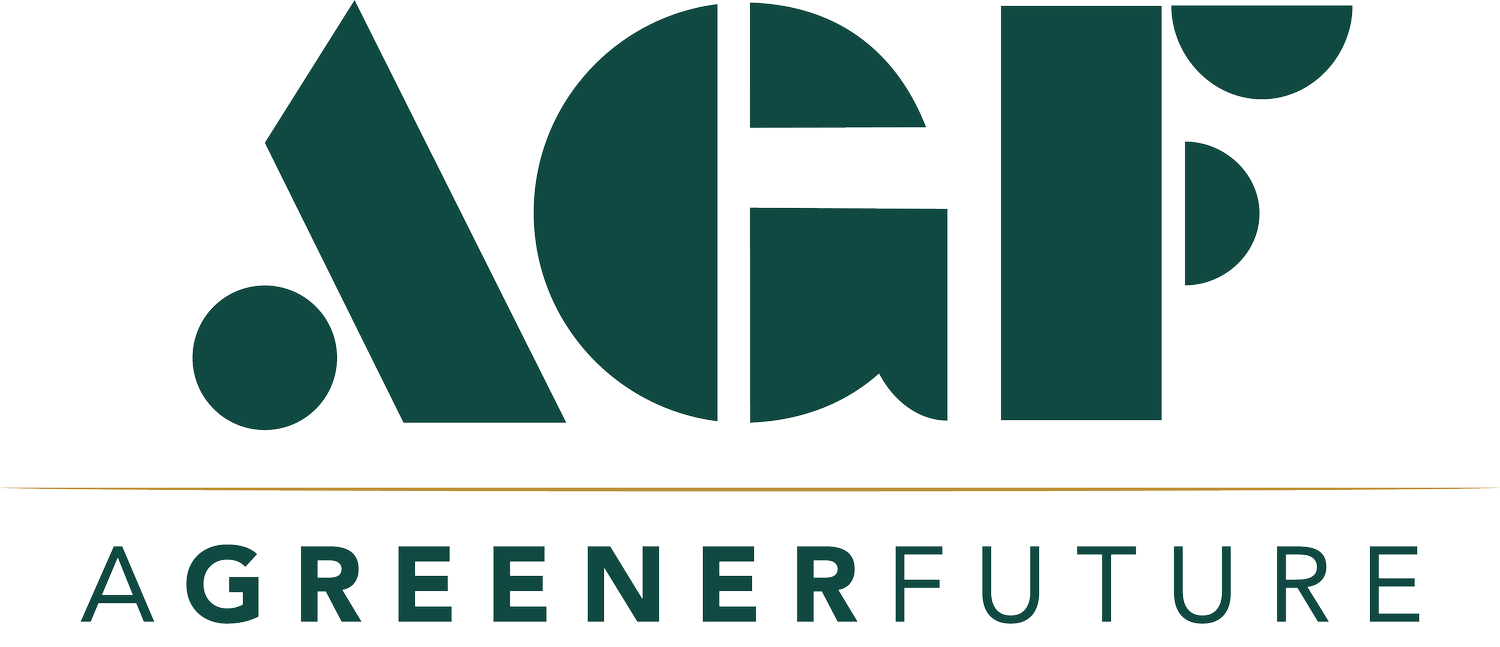Uncertainty and lack of understanding greet official launch of CRC scheme
Edie.net reports that organisations and business do not 'understand' and are 'unprepared' for the launch of Britain's carbon trading scheme. The Carbon Reduction Commitment Energy (CRC) Efficiency Scheme is a huge rating system, or league table, offering benefits to low carbon businesses and hitting high emitters with more costs. However, corporate responsibility consultants Acona believe 'numerous revisions' early in the scheme's life have created 'confusion' amongst businesses, while information from the bodies responsible for it, originally the Department of Energy and Climate Change and now the Environment Agency, has been slow to filter out. Acona say that few companies seem to have people in place who really understand how the scheme works and that "Despite it being billed as a light touch piece of legislation, the logistics of making it work are quite complex. However, Head of climate change and sustainable development at the Environment Agency, Tony Grayling, said: "The league table is a very public judgement on how seriously you take your environmental responsibilities adding "Carbon reduction doesn't need to be complicated or expensive, there are simple and inexpensive steps every organisation can take to cut their energy consumption - from motion sensors for lighting in offices to higher efficiency motors in manufacturing." Mr Grayling added that analysis for the Environment Agency suggests the scheme could reduce CO2 emissions by up to 11.6M tonnes per year by 2020 and that it is also expected to save organisations money through reduced energy bills - benefiting the economy by at least £1billion by 2020. More than 20,000 organisations will have to register with the Environment Agency by the end of September this year. Around 5,000 of these organisations - those that used at least 6,000 Megawatt hours (MWh) of half hourly metered electricity in 2008 - will have to report their emissions and, from 2011, buy allowances for every tonne of CO2 they emit. During the introductory phase in 2011 and 2012, allowances will be sold at a fixed price of £12 per tonne of CO2.It seems that local authorities that have chosen to measure their emissions using a tool provided by Defra feel better equipped to deal with the Carbon Reduction Commitment. Defra's National Indicator 185 helps councils to measure the progress in reducing CO2 emissions from buildings and transport and aims to encourage them to demonstrate leadership on tackling climate change. A survey carried out by energy giant EDF suggests that while many officers saw the indicator as another painful piece of paperwork, they grudgingly accept that it has made life easier when it comes to tackling the CRC.http://www.edie.net/news/news_story.asp?src=nl&id=17885http://www.edie.net/news/news_story.asp?src=nl&id=17896
